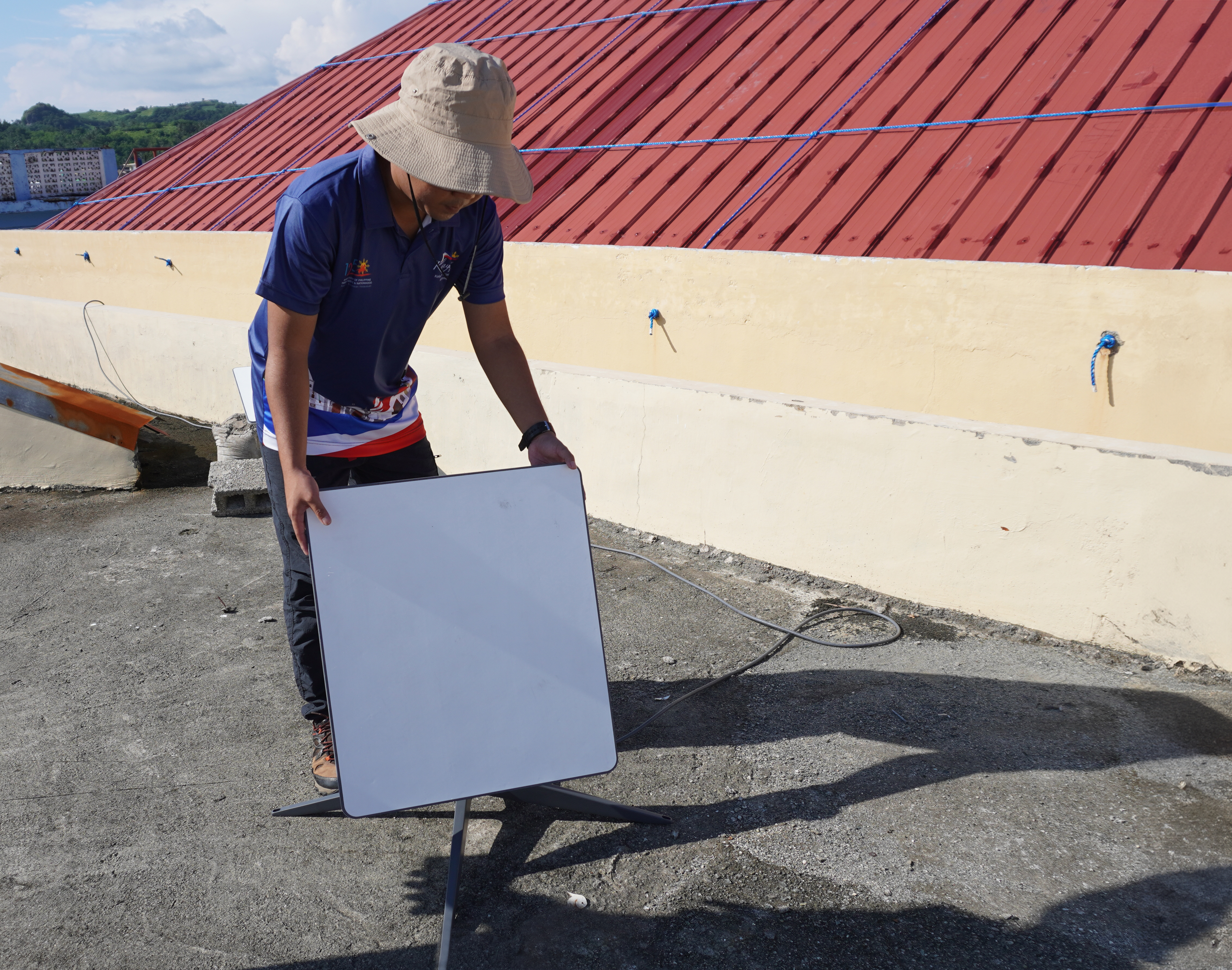The Philippines is an archipelago of thousands of islands, opening the country to challenges of connecting its citizens to one another and the rest of the world. In these times when everything is shifting online (from banking, to shopping, to social services), the need for connectivity is more pronounced—but the digital divide even more so.
Satellite Internet is one of the technologies and services that help address the challenge of the digital divide. Through satellite constellations that beam data through radio signals in space instead of through cables, satellite Internet removes geographical barriers in accessing the online world. In line with the mission to make satellite Internet more accessible to the rest of the country, the Philippine Space Agency (PhilSA) implemented the Introducing Non-Geostationary Satellite Constellations Test Deployments to Improve Internet Service, or INCENTIVISE, project in 2021. Since its inception, PhilSA partnered with Non-Geostationary Satellite Orbit (NGSO) service providers in the project’s implementation. One of these providers is Starlink, whose satellite Internet kits were deployed in Geographically Isolated and Disadvantaged Areas (GIDAs) in strategic areas in the Philippines. The initiative is made possible through the assistance of USAID Beacon, Data Lake, Inc., and the Department of Information and Communications Technology (DICT).
Following the success of the deployment of Starlink units in Jomalig, Quezon and Dikapanikian, Aurora (two GIDAs in the eastern portion of the Philippines), PhilSA followed up this endeavor with deployments in the north, west, and south of the country.
In September 2023, the INCENTIVISE project travelled to Basco, Batanes to install a satellite Internet terminal and access points around the Provincial Government Office. Batanes Provincial Governor Marilou Cayco highlights the significance of this event to Ivatans, “What you have installed is not just a simple unit or a simple device—it means a lot to us. Through this, we will be able to improve our operations and processes, which all aim to deliver quality public service to our constituents.”
Batanes is no stranger to heavy typhoons, during which telecommunication towers fall prey to howling winds, which in turn cuts off the scenic province from the rest of the world. Through satellite Internet, the area gets an alternative means of communication even when major telecommunication operators have difficulties getting their services back online after severe weather events.
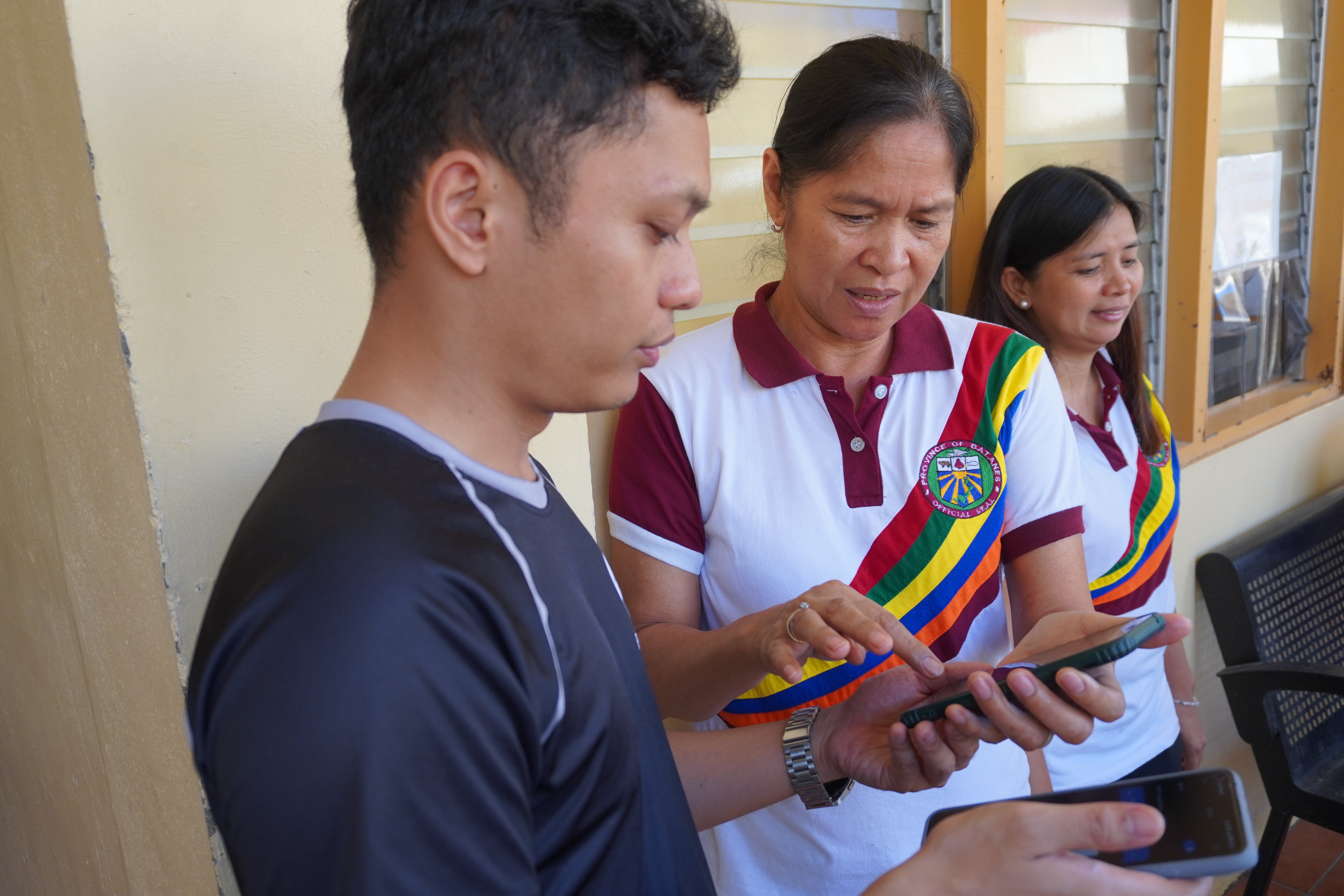
Batanes Provincial Government employees connecting to Starlink satellite Internet
In November of the same year, the project team went to Kalayaan, Palawan, one of the most western parts of the country, to install a satellite Internet portal. INCENTIVISE representatives also paid a courtesy visit to Kalayaan Mayor Roberto Del Mundo, who said, “Nagpapasalamat po ang local government unit ng Kalayaan sa PhilSA at kami ay nabigyan, nainstallan kami ng Starlink at pinasaya po ninyo ang aming mga kababayaan doon. Kasi yung dating connection doon, kapag masama yung panahon, wala na ang signal. (The local government unit of Kalayaan gives its thanks to PhilSA for providing and installing the Starlink unit. Through this, Internet connection is maintained despite inclement weather, which makes our constituents happy.)”
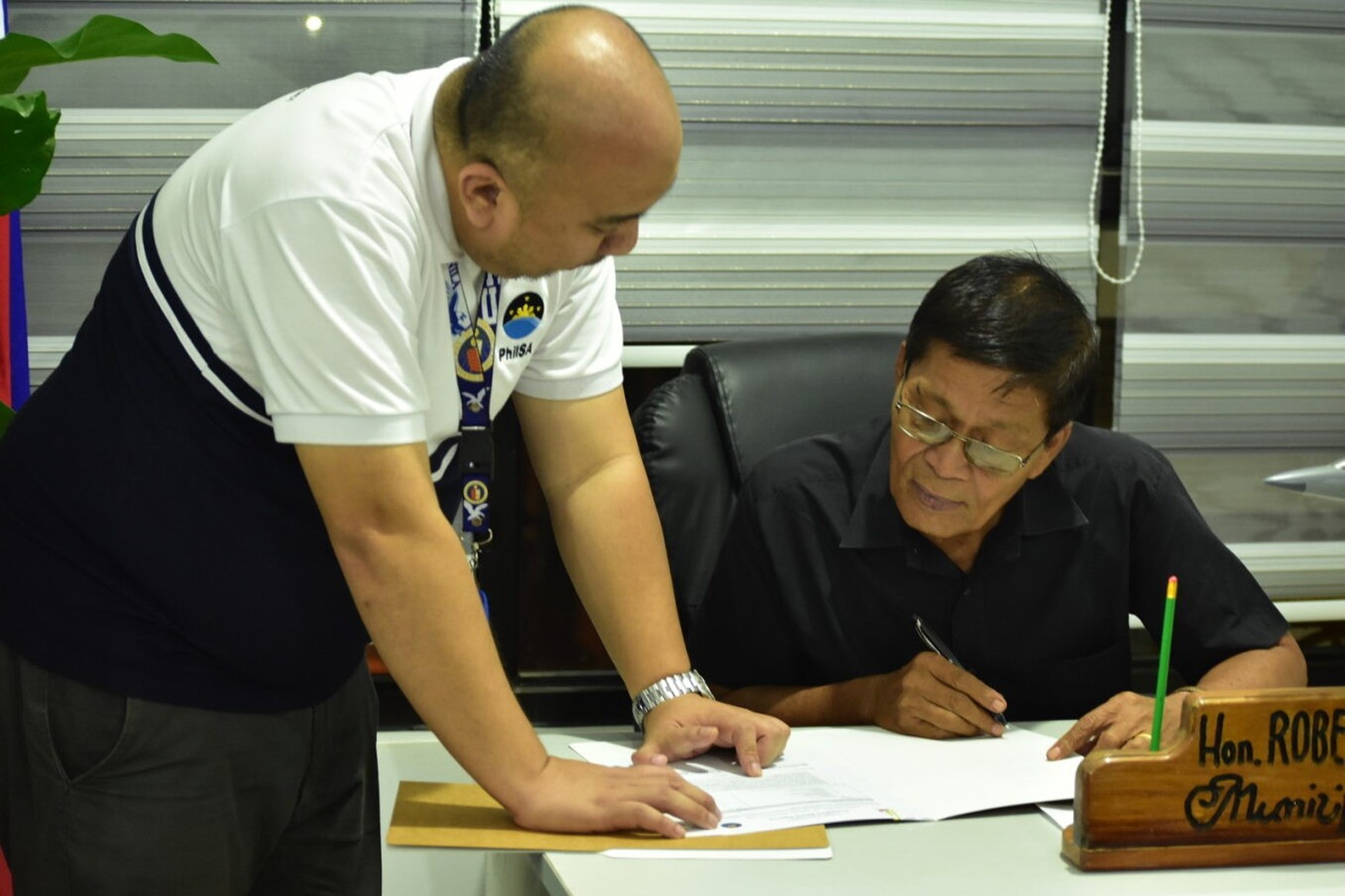
Kalayaan Mayor Roberto Del Mundo signing the responsibility and acknowledgement forms signifying that the satellite Internet equipment has been turned over to the municipality (November 2023)
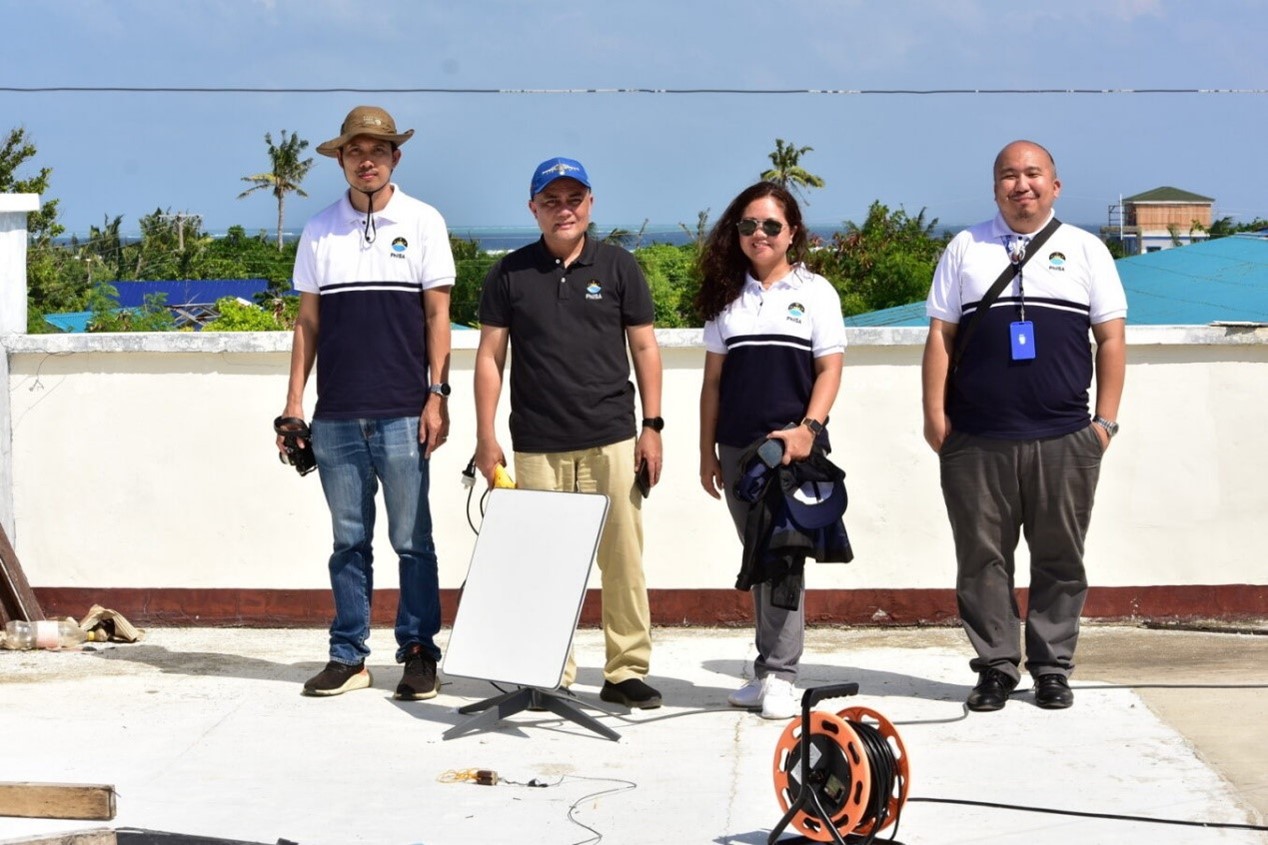
(L-R): Space Industry and Strategic Business Development Bureau (SISBDD) Director Marc Caesar Talampas, Director General Joel Joseph Marciano, Jr., Deputy Director General for Space Science and Technology Gay Jane Perez, and SISBDD-Space Business Development Division Chief Fernando De Villa III with the newly installed Starlink unit in Kalayaan, Palawan.
In January 2024, the state space agency conducted the last of these deployments in Jolo, Sulu and Taganak, Turtle Islands, Tawi-Tawi. These GIDAs are two of the southernmost barangays of Mindanao, closest to the borders of our neighboring countries. During the visit, satellite Internet was identified as one of the solutions to telemedicine, real-time weather data, and submission of reports to their provincial and regional headquarters.
Sulu provincial governor Abdusakur Tan expressed the hope to connect more of their educational institutions to satellite Internet, stating, “Sana yung mga public schools, including mga public high schools sana, magamit din nila para hindi sila lakad ng lakad [sa malayo para makakuha ng connection]. Importante yon kasi karamihan ng [estudyante] mga indigents.(Hopefully more public schools, including high schools, can use these satellite Internet terminals so they don’t have to travel far to get connection, since a lot of these students are indigents.)”
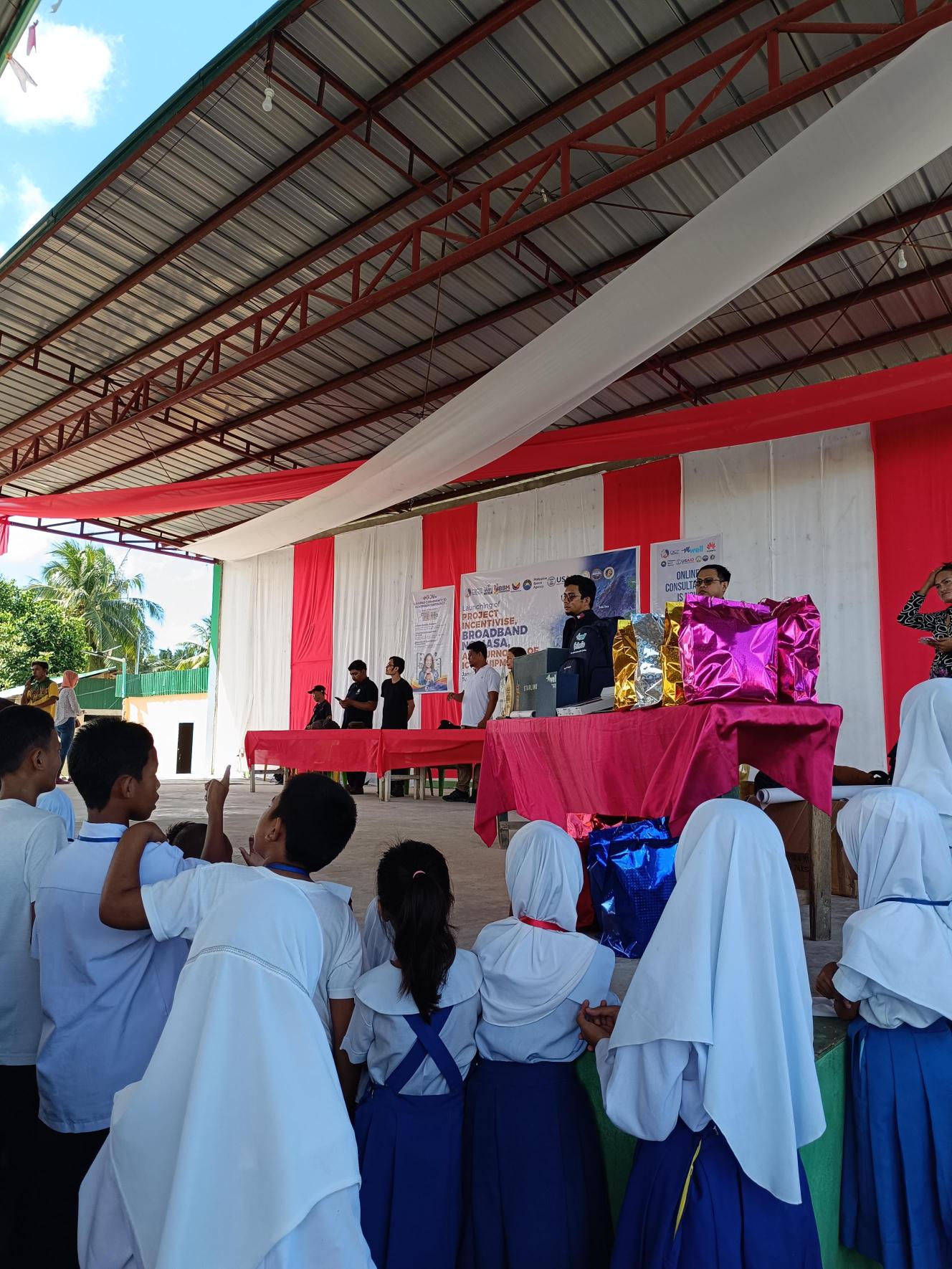
Turnover of Starlink satellite Internet unit to the Tawi-Tawi Provincial Government at Taganak Elementary School in Turtle Islands, Tawi-Tawi (January 2024)
Through INCENTIVISE and other initiatives led by PhilSA, the Philippines is enhancing its connectivity and technological capabilities through space-enabled advancements..
The Philippines can take advantage of resources from space, or #YamangKalawakan, as assets we can harness to solve societal issues from a different vantage point. All these efforts hopefully leading towards a Filipino nation bridged, uplifted, and empowered through the peaceful uses of outer space.




